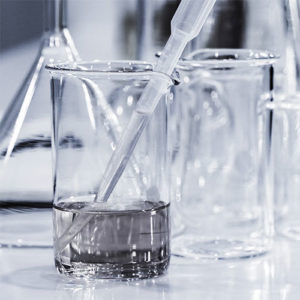Laboratories are dynamic spaces where scientific discoveries and advancements take place. However, amidst the pursuit of knowledge, ensuring lab safety is of paramount importance. Implementing best practices and protocols in the laboratory is essential to protect researchers, students, and the environment from potential hazards. In this article, we delve into the significance of lab safety and explore the best practices that foster a secure scientific journey.
The Importance of Lab Safety:
Lab safety is not an option; it is a fundamental requirement for anyone working in a laboratory setting. Laboratories often deal with hazardous chemicals, biohazards, flammable materials, and delicate instruments. Understanding the risks associated with these elements and taking proactive measures to mitigate them is essential to create a safe working environment.
Comprehensive Safety Training:
All personnel working in the lab, including researchers, students, and lab assistants, should undergo comprehensive safety training before commencing work. This training should cover basic safety guidelines, emergency procedures, proper handling of hazardous materials, and the use of personal protective equipment (PPE). Regular refresher courses can also reinforce safety practices and keep everyone up-to-date with the latest protocols.
Adequate Personal Protective Equipment (PPE):
Wearing appropriate PPE is non-negotiable in the lab. Lab coats, safety goggles, gloves, and closed-toe shoes are some of the essential items that offer protection against spills, splashes, and potential exposure to hazardous materials. Ensuring that PPE is readily available and properly used by all lab personnel is a crucial safety measure.
Proper Handling and Storage of Chemicals:
Chemicals are an integral part of laboratory work, but they can also be hazardous if mishandled. Labeling and storing chemicals properly, using chemical fume hoods when required, and ensuring compatibility between different chemicals are essential steps to prevent accidents and chemical exposures.
Regular Equipment Maintenance and Calibration:
Laboratory equipment should be regularly inspected, maintained, and calibrated as per manufacturer guidelines. Malfunctioning or poorly maintained equipment can lead to inaccurate results and potential safety hazards. A proper maintenance schedule ensures that all instruments are in optimal working condition, reducing the risk of accidents.
Emergency Preparedness and Response:
Even with the strictest safety measures, emergencies can still occur. Having a well-defined emergency response plan in place is critical. This plan should include procedures for fires, chemical spills, injuries, and other potential emergencies. Regular drills and training exercises help ensure that everyone is familiar with their roles in case of an emergency.
Proper Waste Disposal:
Safe waste disposal is essential in maintaining a clean and hazard-free laboratory environment. Properly segregating and disposing of chemical waste, biohazardous materials, and other laboratory waste is crucial to prevent contamination and protect the environment.
Conclusion:
Lab safety is the foundation of every successful scientific journey. By implementing best practices and protocols, laboratories can create an environment that prioritizes the well-being of all personnel and the integrity of research. Comprehensive safety training, proper use of PPE, careful handling of chemicals, and well-maintained equipment are some of the key elements that ensure a secure scientific endeavor. Emergency preparedness, waste disposal, and ongoing safety education complete the comprehensive approach to lab safety. As researchers and students embark on their scientific quests, they can do so with the confidence that safety is a top priority, providing them the freedom to explore and discover with peace of mind.
For more Info :-





Comments